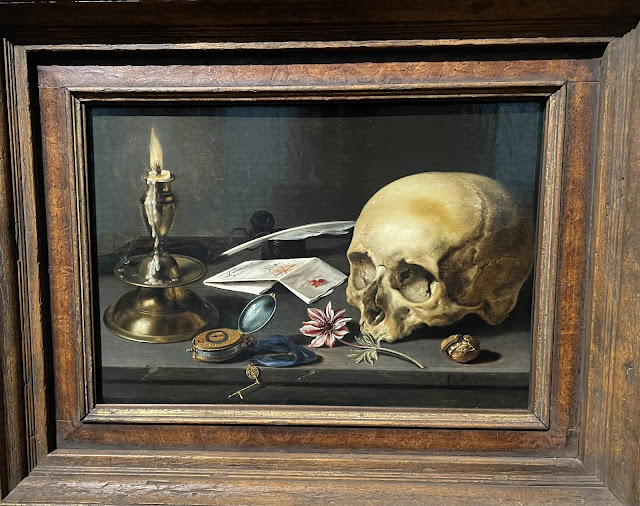 |
| Rabbi Sally Priesand |
Do kids still collect autographs? I have my doubts; the practice must have been ruined long ago by eBay. Busy celebrities are turned off, assuming that their efforts, rather than being cherished forever, will end up for sale by the next afternoon.
A pity. Because nothing says, "I stood in front of you," quite like an autograph. I probably would never remember meeting Margaret Meade, the giant in anthropology, were it not for her precise signature above the year, 1972 in my little book with "Your Autograph Please" emblazoned on the cover.
The first page, I worked practiced making the request by securing the signature of my elementary school principal, the gloriously-named "J. Earl Neptune." Meaning I was in 6th grade.
After Meade, another autograph I am very glad to have — Lillian Gish, the silent film star. She now seems part of the far distant past. But when I met her, in 1972, the star of "Birth of a Nation" would have been 79.
And if you're wondering how a bowl-haircut boob in Berea Ohio was bumping into several acclaimed women of the 20th century, the answer is that the sandstone capital of the world was also home to Baldwin-Wallace College, now Baldwin-Wallace University. Luminaries would come through to speak. My mother, hoping to expand my horizons, would take me. Thanks ma.
Another name in the book is Sally Priesand, whose name won't ring a bell. But when we visited the National Portrait Gallery last week, the picture above was one of the first we saw.
"In 1972, Sally Priesand became the first woman ordained as a rabbi..." the placard begins.
"I was there," I told my wife. Priesand went my synagogue, Beth Israel: The West Temple. I knew I attended her ordination, not because of the book, which did have her autograph. But because of a program, typed and photocopied and folded, that I tucked away after she signed it.
Although. Now that I look into the history, the ceremony I attended was not her actual ordination — that was June 3 at Hebrew Union College in Cincinnati. This was two weeks later, a "Joint Service to Honor the Ordination of Rabbi Sally Priesand."
Ah well, close enough for baseball.
And kids do still collect autographs, according to Prof. Google. Though the practice is now wedded to Disney World, apparently, where visitors get autographs from the various characters prancing around the park. Those certainly are expensive, if not valuable. On eBay, I see that Sally Priesand signatures are starting at $50. Pretty good, though I'm not selling mine.






